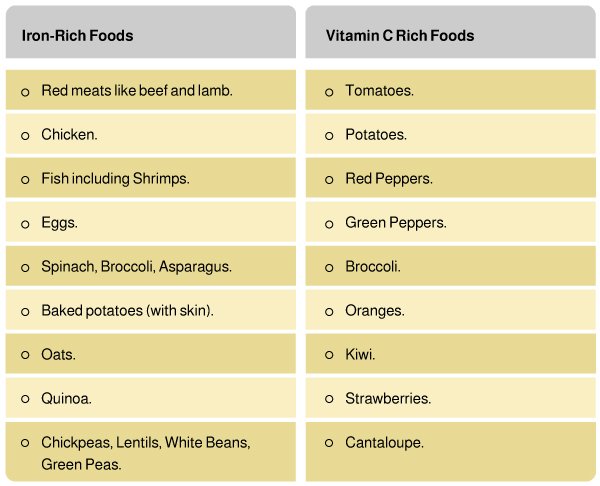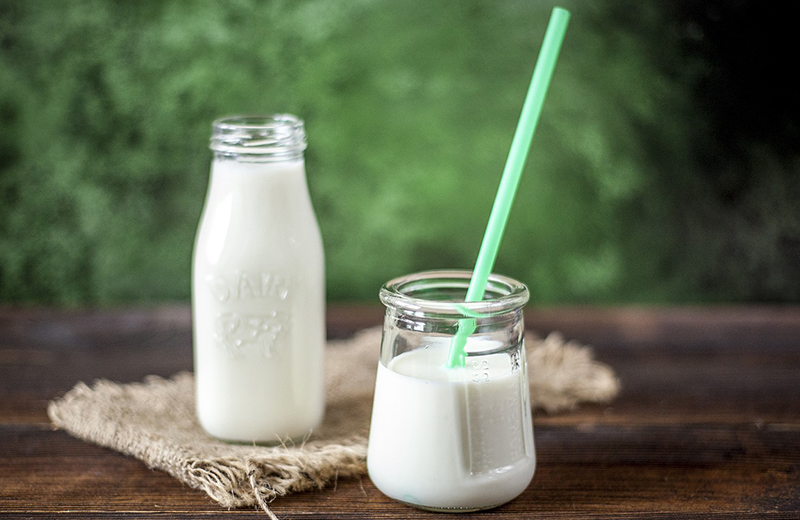Children's Health
Iron-deficiency: What is it, and how to prevent it?

Are you currently expecting? Or are you already a parent to an infant or child?
Regardless of where you are in your journey, this article will shed light on the significant preventive measures for lowering your child's risk of one of the highest nutritional deficiencies- Iron deficiency.
Iron Deficiency: What's the fuss all about?
Iron deficiency is a widespread health problem in young children. In fact, on average, 34.6% of children under the age of 5 in the Eastern Mediterranean are iron deficient, according to the World Health Organization (WHO, 2019).
Infants and young children particularly are more prone to developing iron deficiency simply because they are growing at a fast rate, and more iron is needed to meet this rapid growth. Can you imagine that your baby will actually double in size by five months and triple by one year!
Symptoms and adverse effects of an iron deficiency
Our bodies need iron to make hemoglobin to carry the oxygen to our cells, or else red blood cells won't be able to deliver oxygen adequate to our organs and muscles.
Because of Iron's aforementioned function, an iron deficiency in your baby or child may affect their growth AND negatively impact their brain development!
You can detect when your baby might be iron-deficient if you notice the following:

Ways to avoid iron deficiency
To minimize the risk factors of iron deficiency, here are five different critical time frames to note:
1. During pregnancy
Watch out for your iron levels during pregnancy. Low maternal iron stores can affect your baby's iron status at birth. Make sure to include iron-rich sources coupled with vitamin C foods for better absorption during pregnancy and after (see below). Based on your doctor's consultation, make sure to take your iron supplements.
2. At birth
To ensure your ultimate iron supply to your baby, make sure to request delayed umbilical cord clamping while giving birth. That is, waiting around at least 1 minute after birth to transfer blood-rich iron from the placenta to the baby before cord clamping; this can help boost your baby's iron stores for around the first few months. While this may be a standard procedure in many hospitals, it wouldn't hurt to indicate it in your birth plan or let your gynecologist know before giving birth.
If your baby is born prematurely, your baby will be born with low iron reserves since iron transfer usually occurs at the tail end of pregnancy. Similarly, a baby born with a low birth weight will have lower iron reserves. Your pediatrician will probably recommend supplementing your baby with iron in these cases.
3. During Breastfeeding
If you are breastfeeding, the iron available from your milk is highly bioavailable, meaning that it is easily absorbed and meets your baby's iron needs for the next 4 to 6 months. By four months, the American Academy of Pediatrics (AAP) recommends that a fully breastfed baby may need to begin receiving iron supplements depending on their gestational age, maternal iron stores and timing of umbilical cord clamping. Make sure to consult your pediatrician regarding whether your baby may need iron supplementation
If you choose to formula feed, make sure your baby is receiving an iron-fortified formula. Usually, a healthy, full-term baby receiving iron-fortified formula will not need additional iron supplementation.
Do not introduce cow's milk before one year of age. It is low in iron, decreases iron absorption, and causes digestion problems leading to intestinal blood loss, and eventually, iron deficiency.
4. During the introduction of solid foods
During the age of 4 to 6 months, healthy, full-term, breastfed babies or babies fed iron-fortified formula will have their iron needs met by milk alone.
However, at around six months, your baby's iron stores will no longer be enough to meet your baby's growing needs, this is a critical phase to begin introducing iron-rich complementary foods!
Waiting too long after six months to introduce foods increases your baby's risk of iron deficiency. Make sure these foods are rich in iron and are coupled with vitamin C sources to increase iron absorption.
5. During the age of 1-5 years
Make sure you are providing your infant with meals rich in iron and vitamin C, and limiting the amount of cow's milk consumed to no more than 500 - 750 ml / day (2 -3 cups).
If your infant is a picky eater, they may be at risk of iron deficiency due to the poor variety in the foods they consume. If so, make sure to consult a pediatric dietitian who may help you manage your picky eater's diet.
Best sources of iron for your baby or child
The American Academy of Pediatrics recommends that iron needs should be met from iron-rich foods first and foremost.
Iron present in meat, fish, and poultry is highly bioavailable, making it is easier for our bodies to absorb than iron found in plant-based sources.
To maximize iron absorption, include iron from both animal and plant-based sources and pair these foods with vitamin C-rich sources. Below are some examples of foods that help ramp up your child's iron stores:

When to test for iron deficiency?
The American Academy of Pediatrics (AAP) and the World Health Organization recommend testing for anemia at one year of age.
The AAP also recommends additional testing at any age in children with high-risk factors for anemia, such as children who do not consume enough iron sources in their diet, children with feeding problems, and children with poor growth.
As for iron supplementation, make sure that you are always consulting either your gynecologist or your baby's pediatrician before making a decision. Never supplement alone, as an iron overdose can have toxic effects on the body!














